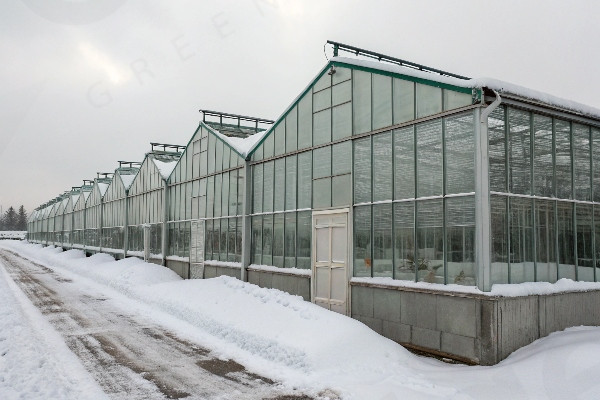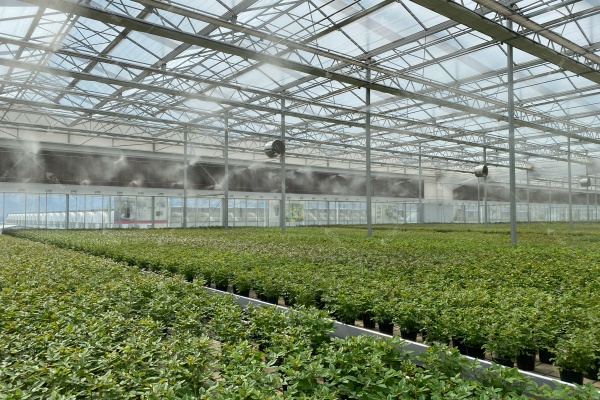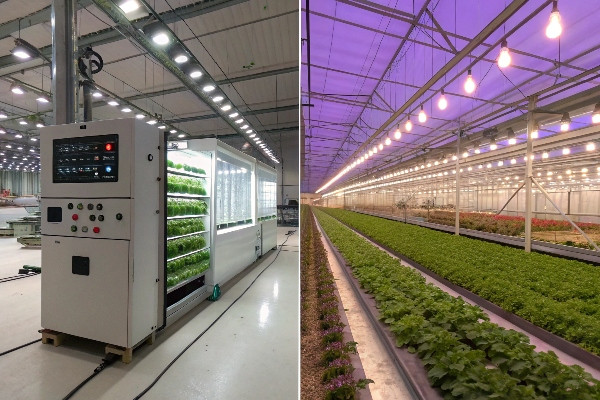Medicinal plant greenhouse operators face mounting challenges with rising energy costs, increasing competition, and strict regulatory requirements. Without optimizing operations, profitability continues to decline while quality inconsistencies damage your brand reputation.
Efficient medicinal plant greenhouse operations require an integrated approach combining proper climate control, strategic automation, and purpose-built infrastructure. By balancing environmental factors with operational systems, cultivators can significantly increase yields while reducing quality compounds while reducing costs and maintaining compliance.
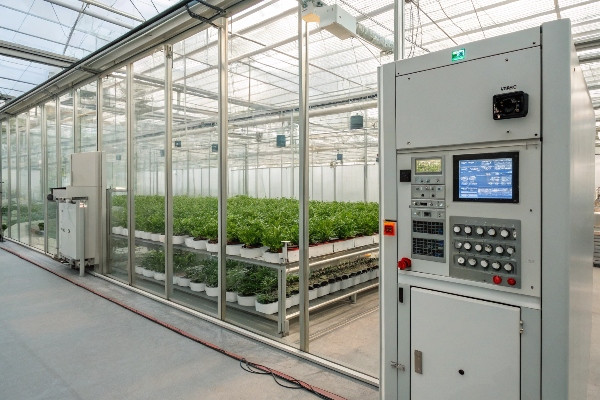
After working with medicinal plant cultivators across three continents for over 10 years, I’ve seen firsthand how proper greenhouse setup transforms struggling operations into industry leaders. The methods I’m about to share have helped our clients increase yields by up to 30% while reducing operational costs.
Don’t Miss:——Exploring Greenhouse Types: Finding the Perfect Structure for Your Needs
You might like:——Mastering Strawberry Greenhouse Cultivation: Best Practices for Optimal Growth?
How to Manage Odor Control Effectively in Commercial Medicinal Plant Greenhouses?
Uncontrolled plant odors can trigger community complaints, regulatory violations, and costly penalties. Many growers struggle with inadequate solutions that waste money without solving the underlying problem.
Effective medicinal plant odor control requires a multi-layered approach combining carbon filtration, negative pressure systems, and strategic air circulation. Proper implementation can achieve 85-95% odor reduction while maintaining optimal growing conditions and regulatory compliance.
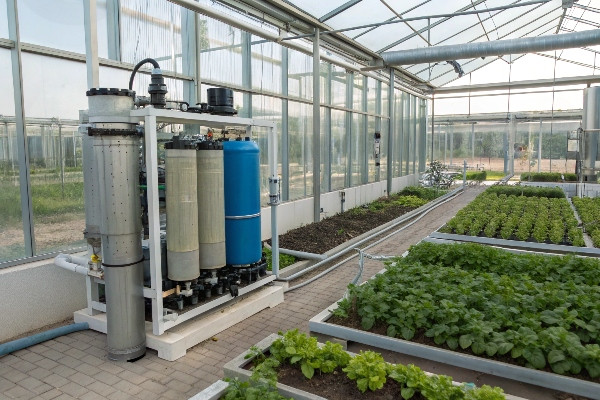
Many medicinal plants produce terpenes and other volatile compounds – aromatic substances that create distinctive smells. These odors become a significant challenge when operating at commercial scale. During my visit to a client’s 50,000 square foot facility in California, neighbors complained about strong herbal odors from over half a mile away, risking their operating license.
The foundation of effective odor control starts with proper facility design. Strategic design matters more than expensive equipment. Carbon filtration remains the industry standard for odor absorption, but effectiveness depends on proper sizing and maintenance. For a medium-sized operation, we typically recommend a minimum of 1 CFM (cubic feet per minute) of carbon filtration capacity per square foot of canopy space.
Creating negative air pressure ensures odors move toward filtration systems rather than escaping. This requires careful balancing of intake and exhaust systems, maintaining 5-10 Pascal differential pressure. One client initially installed inadequate exhaust capacity, resulting in odor leakage despite expensive carbon filters.
For comprehensive odor management, consider these additional strategies:
Odor Control Layers for Maximum Effectiveness
| Layer | Technology | Effectiveness | Cost Consideration |
|---|---|---|---|
| Primary | Carbon Filtration | High (80-90%) | Moderate initial cost, ongoing filter replacement |
| Secondary | Negative Pressure Systems | Critical enabler | Moderate energy costs |
| Supplementary | Air Purification | Moderate (40-60%) | Varies by technology |
| Perimeter | Vegetative Barriers | Low (10-20%) | Low cost, aesthetic benefit |
| Advanced | UV/Ozone Treatment | Moderate (50-70%) | Higher initial investment |
Modern approaches often incorporate waterless vapor-phase systems that neutralize odor molecules in the air without affecting plant health. These systems typically use plant oils and can reduce remaining odors by an additional 30-40% when used alongside primary filtration.
Regular maintenance schedules are non-negotiable. Carbon filters typically need replacement after 12-18 months of continuous use, depending on humidity levels and particulate load. Waiting too long dramatically reduces effectiveness while creating potential for costly compliance violations.
Best Practices for Humidity and Ventilation Management in Medicinal Plant Greenhouses?
Improper humidity levels cause devastating mold issues, reduced yields, and consistency problems. Many growers struggle with seasonal variations and equipment limitations that create ongoing climate challenges.
Optimal medicinal plant greenhouse humidity management requires maintaining 40-60% relative humidity during flowering while ensuring proper air movement of 60-100 feet per minute across the canopy. Integrating dehumidification with intelligent ventilation can reduce energy costs by 25-35%.
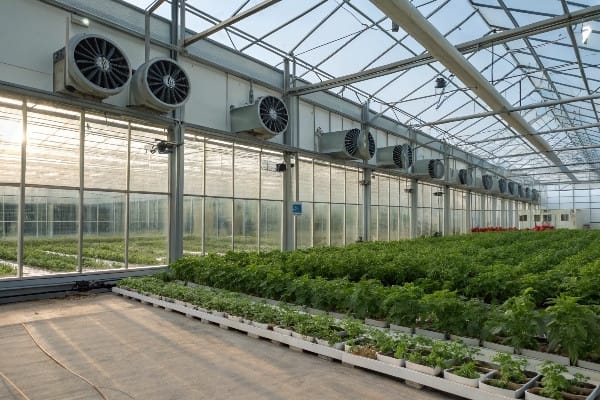
Medicinal plants have different humidity requirements throughout their growth cycle. This creates a constant balancing act between providing enough moisture for growth while preventing conditions favorable for pathogens. I remember walking through a client’s facility in Oregon where half their crop of echinacea was lost to powdery mildew because they failed to account for the transition from summer to fall conditions.
Humidity management begins with proper greenhouse structure design. For high-value medicinal crops, we recommend a minimum roof peak height of 14 feet to allow for temperature stratification and prevent condensation directly above plants. Side walls should include automated systems capable of providing staged ventilation as conditions change.
An effective medicinal plant greenhouse ventilation system must address air movement at three critical levels:
Multi-level Air Circulation Framework
| Level | Purpose | Recommended Equipment | Target Metrics |
|---|---|---|---|
| Macro-circulation | Overall air exchange | Ridge vents, exhaust fans | 1 complete air exchange every 1-2 minutes |
| Mid-level circulation | Prevent microclimates | Horizontal airflow fans | Air speed 60-100 feet/minute |
| Canopy-level circulation | Leaf transpiration | Oscillating fans | Gentle leaf movement without stress |
Seasonal transitions require different strategies. In summer conditions, ventilation typically handles most humidity control needs, but targeted dehumidification becomes essential during spring, fall, and night cycles. Modern greenhouse dehumidification systems have evolved significantly – we now recommend high-efficiency refrigerant-based systems that can extract moisture while recycling heat energy back into the greenhouse, reducing overall energy costs.
Vapor Pressure Deficit (VPD) has become the preferred measurement for medicinal plant cultivators rather than just relative humidity. This metric accounts for the relationship between temperature and moisture, providing a more accurate measurement of plant transpiration potential. For vegetative growth, target VPD ranges from 0.8-1.0 kPa, while flowering or active compound production stages perform best between 1.0-1.5 kPa. Modern climate controllers can directly track and maintain these parameters.
When designing ventilation systems for our medicinal plant clients, we prioritize redundancy. A recent project in New Mexico included primary roof vents with secondary powered ventilation systems that activate automatically if primary systems cannot maintain target parameters. This redundancy prevented crop loss during a control system failure that would have otherwise caused temperatures to spike beyond acceptable levels.
Integrating Automation Systems for Labor Savings in Medicinal Plant Greenhouses?
Labor costs consume 30-50% of operational budgets in most medicinal plant facilities. Inconsistent manual processes lead to quality variations, while finding and retaining skilled greenhouse workers becomes increasingly challenging.
Strategic automation integration in medicinal plant greenhouses can reduce labor requirements by 25-40% while improving consistency. Key opportunities include environmental controls, irrigation systems, supplemental lighting, and data collection, all centralized through integrated control platforms.
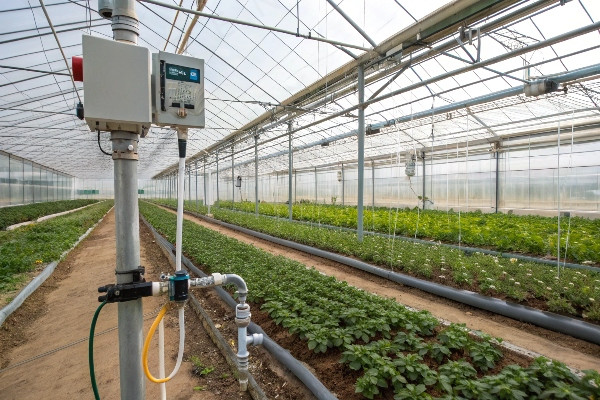
The medicinal plant industry faces unique labor challenges compared to traditional greenhouse crops. During a consulting session with a 150,000 square foot operation in Arizona, I discovered they were spending over $75,000 monthly on cultivation labor alone. By implementing targeted automation, we reduced their labor needs by 35% while actually increasing production quality and consistency.
Automation implementation should follow a strategic priority sequence based on labor impact and return on investment. Most facilities should start with environmental control automation – the foundation of all other systems. Modern controllers can manage temperature, humidity, CO2 enrichment, shade systems, and ventilation from a single integrated platform. This creates both labor savings and significant improvements in growing conditions.
Irrigation and fertigation systems represent the second-highest impact automation opportunity. Medicinal plants have specific water and nutrient requirements that change throughout their lifecycle and can vary between species. Automated irrigation systems with EC/pH monitoring and adjustment capabilities ensure each plant receives precisely what it needs. One client implemented a zone-based drip irrigation system that reduced water usage by 40% while improving plant health metrics and eliminating a full-time irrigation position.
Automation ROI Priority Framework
| System | Labor Impact | Capital Investment | Typical ROI Timeline | Quality Impact |
|---|---|---|---|---|
| Environmental Controls | High | Medium | 12-18 months | Very High |
| Irrigation/Fertigation | High | Medium | 10-14 months | High |
| Supplemental Lighting | Medium | High | 18-24 months | High |
| Data Collection/Analysis | Medium | Low | 6-12 months | Medium |
| Harvesting/Processing | Very High | Very High | 24-36 months | Medium |
Lighting automation has become increasingly sophisticated and crucial for medicinal plant production. Modern greenhouse supplemental lighting systems can automatically adjust intensity and spectrum based on accumulated light levels, plant growth stage, and desired outcomes. This optimization not only saves labor but significantly impacts active compound profiles and overall plant quality. When implementing a dynamic lighting system for a Massachusetts cultivator specializing in ashwagandha and holy basil, they reported both yield increases and higher average bioactive compound percentages after just one growth cycle.
Data collection represents an often overlooked automation opportunity. Environmental sensors, plant monitoring cameras, and production tracking systems can identify trends and issues before they become visible problems. By aggregating this data through a central platform, growers can make evidence-based decisions rather than relying on subjective assessments. This transforms cultivation from an art to a science, allowing for repeatable results regardless of who’s monitoring the crop.
For larger operations, transportation and workflow automation shows promising returns. Automated harvesting systems, conveyor-based plant transport, and robotic transplanting can dramatically reduce labor requirements for repetitive tasks. While these systems require significant capital investment, operations above 50,000 square feet typically see payback periods under two years when fully implemented.
Common Pitfalls to Avoid When Setting Up and Running a Medicinal Plant Greenhouse?
New medicinal plant greenhouse1 operators frequently make costly mistakes that compromise efficiency and profitability. Without industry-specific experience, even experienced greenhouse growers can underestimate the unique requirements of medicinal plants.
Successful medicinal plant greenhouse operations avoid common pitfalls by implementing proper light control systems, appropriate HVAC sizing, compliance-focused design, and scalable infrastructure. Addressing these fundamentals before beginning operations prevents costly retrofits and crop failures.
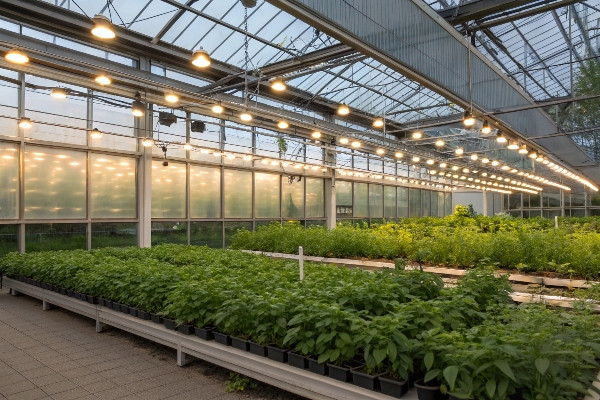
During my 15 years designing greenhouse systems, I’ve witnessed recurring mistakes that plague medicinal plant operations regardless of location. After helping rebuild three failed operations last year alone, patterns become clear. The most devastating issues often stem from inadequate planning rather than execution.
Light control failure represents perhaps the most common critical issue. Many medicinal plants require precise photoperiods to trigger flowering or maximize active compound production. Even inconsistencies in lighting can reduce yield quality and potency. I once consulted for a facility that lost over $200,000 in potential revenue because their light control system couldn’t maintain consistent cycles during cloudy weather, affecting the potency of their entire crop.
For proper light control, greenhouse systems must achieve consistency across natural and supplemental lighting. This requires specialized systems with appropriate controls, sensors, and materials that don’t degrade under UV exposure. The most effective designs use external light control combined with internal supplemental lighting, creating balanced conditions that ensure consistent results across seasons.
Key Failure Points and Preventative Strategies
| Failure Point | Common Mistake | Preventative Strategy | Implementation Priority |
|---|---|---|---|
| Light Control | Inconsistent light levels, improper spectrum | Integrated natural/artificial light management | Critical – Immediate |
| HVAC Sizing | Underestimating heat load, inadequate dehumidification | Proper load calculations, future-proofing | Critical – Planning Phase |
| Compliance Infrastructure | Retrofitting GMP and tracking systems | Integrated compliance design | High – Planning Phase |
| Water Quality | Assuming agricultural standards apply | Comprehensive water analysis, treatment systems | High – Pre-operation |
| Energy Planning | Underestimating consumption requirements | Professional load analysis, redundancy systems | Medium – Planning Phase |
HVAC sizing2 errors represent another catastrophic but common mistake. Many medicinal plants generate significant moisture during growth while requiring precise temperature control. Many operators use traditional greenhouse calculations that prove woefully inadequate. A Michigan client initially installed heating capacity sufficient for tomato production, only to discover they needed over twice that capacity during winter medicinal herb production.
For medicinal plant-specific HVAC planning, calculations must account for:
- Higher transpiration rates compared to traditional crops
- The heat load from high-intensity lighting (HPS lights can add 3.4 BTU per watt)
- Tighter temperature parameters (±2°F rather than ±5°F)
- Dehumidification needs during dark periods when ventilation options are limited
Compliance infrastructure often becomes an expensive afterthought. Medicinal plant regulations typically require specific GMP (Good Manufacturing Practices) systems, quality control procedures, and tracking capabilities that prove difficult to retrofit. One client spent an additional $175,000 adding compliant quality systems that could have cost under $100,000 if incorporated during initial design. Consider regulatory requirements for quality assurance, track-and-trace systems, and waste management during the planning phase.
Water quality issues frequently emerge after operations begin. Medicinal plants often have specific water quality requirements that differ from traditional greenhouse crops. Total dissolved solids, chlorine/chloramine content, and pH stability all impact nutrient availability and active compound development. Comprehensive water testing and appropriate filtration/treatment systems should be baseline requirements before beginning production.
Energy planning remains a consistent challenge, particularly for operations in regions with inconsistent power infrastructure. Medicinal plant facilities typically require 35-50 watts per square foot of cultivation space when accounting for all systems. Without proper electrical infrastructure planning, operations face production constraints or costly emergency upgrades. Always work with experienced electrical engineers familiar with medicinal plant-specific requirements.
Conclusion
Maximizing medicinal plant greenhouse efficiency requires integrating proper environmental controls, strategic automation, and purpose-built infrastructure while avoiding common pitfalls. By implementing these practices, cultivators can significantly increase yields, reduce costs, and maintain consistent quality.
